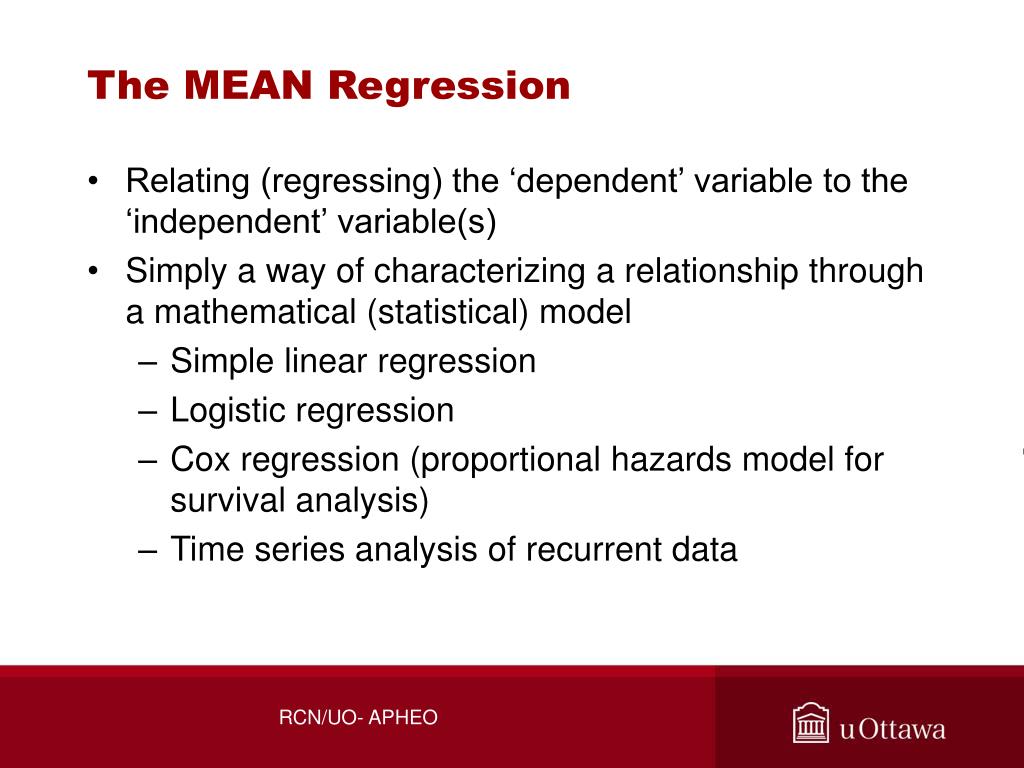4 Steps to Understand Regression to the Mean

Understanding the Concept of Regression to the Mean

Regression to the mean is a statistical phenomenon that often confuses and misleads those who are unfamiliar with its principles. This concept is crucial to understand, especially when interpreting data and making predictions. By grasping the fundamentals of regression to the mean, you can avoid falling into the trap of false conclusions and develop a more accurate understanding of the world around you.
This article will guide you through a step-by-step process to demystify regression to the mean. By the end, you’ll have a comprehensive grasp of this statistical concept and its implications.
Step 1: Defining Regression to the Mean
Regression to the mean refers to the tendency of extreme or unusual data points, whether high or low, to revert closer to the average over time. It is a natural statistical tendency that occurs due to the random variation present in most measurements and observations. In simple terms, it suggests that if you observe an extreme result in one instance, the next observation is likely to be less extreme and closer to the average.
To illustrate this, imagine a student who scores exceptionally high on a test. The likelihood is that their next test score will be closer to the average, rather than remaining at the extreme high end. This is regression to the mean in action.
Step 2: Understanding the Causes
The causes of regression to the mean can be attributed to several factors:
- Random Variation: Most measurements are subject to random fluctuations. Extreme results are often a product of these random variations.
- Measurement Error: Inaccurate measurements can lead to extreme observations. As measurement techniques improve or errors are corrected, the observations tend to move towards the true mean.
- Sampling Fluctuations: When dealing with small samples, extreme values are more common due to chance. As the sample size increases, the impact of these fluctuations diminishes.
Step 3: Recognizing Its Impact
Regression to the mean can have significant implications in various fields:
- Education: It can affect student performance evaluations, as one exceptional performance might be followed by a more average result.
- Sports: In sports, an athlete’s extraordinary performance in one game may not be sustainable, and their future performances are likely to regress towards their typical level.
- Finance: In investing, extreme stock price movements often regress towards their historical averages over time.
- Health and Medicine: When evaluating the effectiveness of treatments, regression to the mean can influence the interpretation of results.
Step 4: Avoiding Misinterpretations
The key to avoiding misinterpretations of data due to regression to the mean is to:
- Consider Multiple Observations: Relying on a single extreme observation can lead to incorrect conclusions. Analyze a series of data points to identify the true pattern.
- Understand Natural Variability: Recognize that extreme results are often temporary and part of the natural variation in data.
- Control for Confounding Factors: Identify and account for other variables that might influence the data to ensure accurate interpretation.
Regression to the mean is a fundamental concept in statistics and its understanding is crucial for data-driven decision-making. By recognizing its presence, we can make more accurate predictions and avoid misleading conclusions.
Applying Regression to the Mean in Real-World Scenarios

To further illustrate the practical application of regression to the mean, let’s consider a few case studies:
Case Study 1: Student Performance
A teacher notices that one of their students consistently achieves exceptional grades on math tests. However, upon closer examination, they realize that the student’s grades on other subjects are more average. This suggests that the student’s exceptional math performance might be influenced by regression to the mean. The teacher can then focus on identifying the student’s strengths and weaknesses across subjects to provide more targeted support.
Case Study 2: Sports Analytics
A sports analyst observes that a basketball player has an unusually high shooting percentage in a particular game. They decide to investigate further and discover that the player’s shooting percentage in the following games is closer to their career average. This indicates the presence of regression to the mean. The analyst can then advise the team on strategies to maintain the player’s performance closer to their average, rather than relying on the extreme result.
Case Study 3: Stock Market Analysis
An investor notices that a particular stock has experienced an unprecedented rise in value over a short period. However, upon analyzing the stock’s historical performance, they observe that such extreme movements are often followed by a regression towards the mean. This insight can guide the investor’s decision to sell the stock before it reverts to its average value, potentially avoiding significant losses.
By recognizing regression to the mean, we can make more informed decisions in various fields, from education and sports to finance and healthcare. It is a powerful concept that helps us navigate the complexities of data interpretation.
Frequently Asked Questions
How does regression to the mean impact decision-making in healthcare research?
+In healthcare research, regression to the mean can influence the interpretation of treatment outcomes. If a patient experiences an extreme improvement after a new treatment, it may not be entirely due to the treatment's effectiveness. Recognizing regression to the mean can help researchers design more robust studies and avoid overestimating treatment benefits.
Can regression to the mean be used to predict future performance accurately?
+While regression to the mean can provide insights into future expectations, it should not be used as a standalone predictive tool. It is a statistical tendency, and other factors, such as underlying trends and individual characteristics, must also be considered for accurate predictions.
Is regression to the mean the same as the law of large numbers?
+No, they are related but distinct concepts. The law of large numbers states that as sample size increases, the sample mean gets closer to the population mean. Regression to the mean, on the other hand, refers to the tendency of extreme observations to move towards the average over time, regardless of sample size.
How can I account for regression to the mean in my statistical analysis?
+To account for regression to the mean in your analysis, you can employ statistical techniques such as regression analysis or repeated measures designs. These methods help control for the impact of regression to the mean and provide more accurate estimates of the relationships between variables.
By understanding and applying the concept of regression to the mean, you can enhance your ability to interpret data and make more informed decisions in various contexts. Remember, extreme observations are often temporary, and recognizing this statistical tendency can lead to a more accurate understanding of the world.



